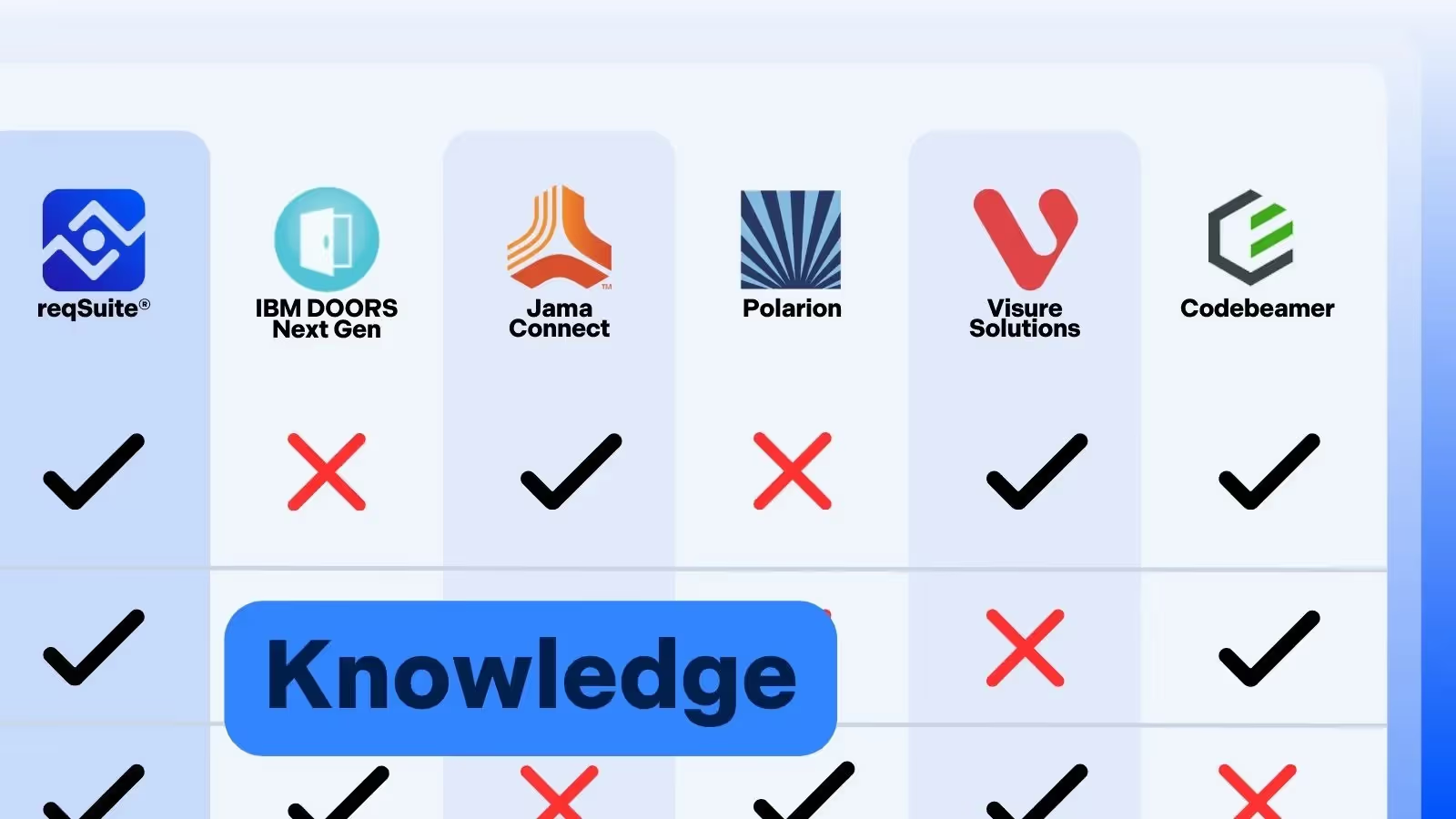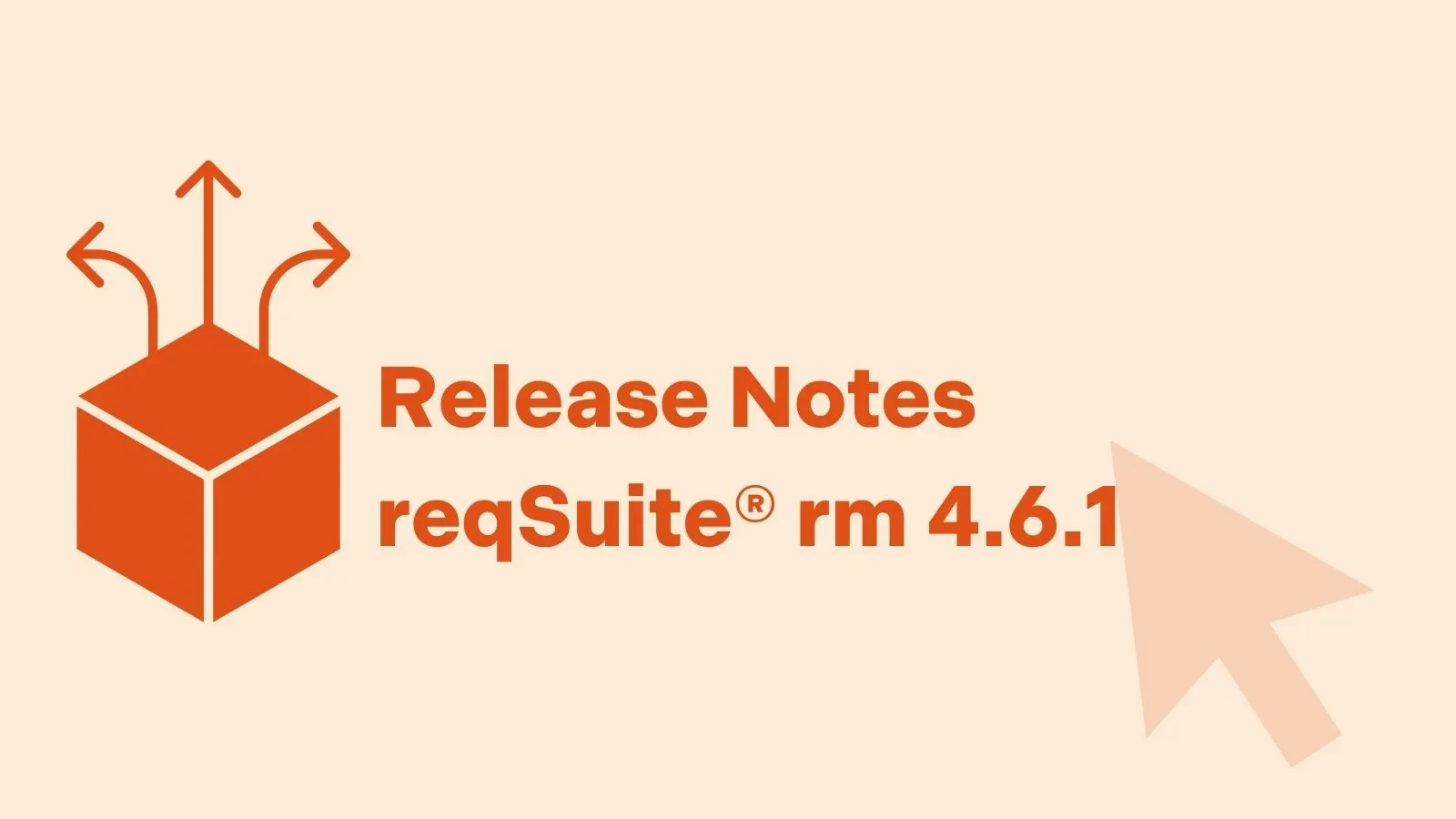
The best requirements management you've ever had.
Intuitive to use
Reliable in results
Efficient in processes

Why Requirements Management Doesn’t Just Concern “Two People” – And How This Error in Thinking Jeopardizes Projects
2025-07-15
10
minutes reading time

The error in thinking: requirements management as an isolated task for individuals
Behind the “two or three users” approach is often the assumption that requirements management is purely a documentation issue - i.e. something that can be “delegated” to a small group of requirements engineers or system architects.
What is overlooked here: Requirements are not an end in themselves. They are not created in a vacuum, but are based on feedback from customer advisors, ideas from product management, framework conditions from project management, specific implementation issues from development and test criteria from quality assurance.
In short: requirements are the link between all roles in product development. If this interface is only operated by two people - while everyone else continues to keep their own lists in Excel, Word or meetings - the result is not end-to-end requirements management, but a bottleneck.
The reality: requirements are everyone's business
Those who define requirements decide what is built - and how. If you don't know them or only receive them as a PDF attachment, you run the risk of making false assumptions, duplicating work or overlooking important aspects.
A functioning requirements management system is therefore not just a tool for requirements engineers, but a shared information platform for:
- Product managers and account managers who know the requirements
- Analysts and system engineers who structure and refine requirements
- Developers who are dependent on concrete, comprehensible input
- Testers who check whether the requirements have been implemented
- Project managers who want to monitor progress and risks
If this breadth is ignored, the tool degenerates into a “data dump for requirements” that nobody but two people read or use - with correspondingly low benefits and acceptance.
The solution: Think of requirements management as an organizational task
If you are serious about professional requirements management, you should not ask who “enters” requirements, but who works with them. Of course, not all users need to actively enter requirements every day. But they should be able to view them, comment on them, understand them and integrate them into their daily work. This is only possible if the tool is broadly integrated from the outset - not only technically, but also organizationally.
A smart start can be made step by step:
- onboard central roles first (e.g. requirements engineers, system architects)
- gradually integrate stakeholder roles (e.g. developers, testers, product managers)
- control access rights in a targeted manner so that each role sees and does what it needs to do
- clearly define interfaces - both between roles and to other tools
This creates a lively, networked way of working in which everyone involved works with and on requirements - not in isolated silos.
Conclusion: Two users are not enough
Requirements management is not a single activity - it is a shared understanding process across all departments.
So if you really want requirements in your company to be complete, comprehensible and implementable, then you need more than two licenses. You need a clear idea of how requirements are implemented on a day-to-day basis - and software that supports this.
Would you like to know how you can build this up step by step?
Then talk to us - we'll show you how your team can tackle the issue properly.
About the author

Dr. Sebastian Adam
Managing Director & Co-Founder
Dr. Sebastian Adam has been intensively involved in requirements management for over 20 years. His expertise and experience make him a recognized expert on the challenges and best practices in this area. In 2015, he founded OSSENO Software GmbH to help companies simplify, streamline and future-proof their requirements management processes. With the reqSuite® rm software developed by his company, he has created a solution that enables organizations to capture, manage and continuously improve their requirements in a structured way. His mission: to combine practical methods with modern technologies in order to offer companies real added value.
Other interesting articles

Tech
3
min. reading time
reqSuite® rm – Interface to Isograph RWB & AttackTree

Neele Borkowsky
2025-12-10

Knowledge
10
min. reading time
Requirements Management Tools 2026: A Comparison for Medium Sized Product Developers

Neele Borkowsky
2025-12-08

Tech
5
min. reading time
Release Notes reqSuite® rm 4.6.1

Phil Stüpfert
2025-12-07











